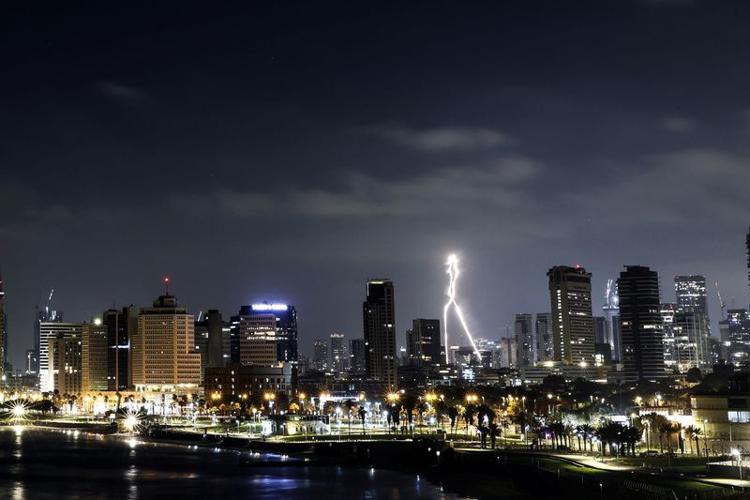Donald Trump has issued an urgent warning to civilians in Iran’s capital, saying: “Everyone should immediately evacuate Tehran.” The remark, shared on Truth Social, marks a sharp shift in rhetoric as tensions between Israel and Iran spiral. Here’s what you need to know, and why this matters now more than ever.

Trump Breaks Silence: Evacuate Tehran Before It’s Too Late
| Takeaway | Stat |
|---|---|
| Civilian death toll from strikes | 224 in Iran, 24 in Israel |
| Global oil price spike | +2.7% intraday (WTI crude) |
| Global evacuations from Iran | Germany, Poland, Taiwan begin operations |
Trump’s call to evacuate Tehran isn’t just a political statement—it’s a chilling forecast of what may come. With Israel’s military campaign expanding and diplomatic channels choking, Tehran has become ground zero for a geopolitical showdown. Whether this ends with a deal or disaster could depend on what happens in the next 72 hours.
Trump Escalates His Messaging
In a post that caught global leaders off guard, Donald Trump declared, “Everyone should immediately evacuate Tehran.” He made the announcement just before leaving the G7 summit early in Quebec on June 16, citing the escalating Israel-Iran conflict as the reason for his abrupt exit.
While previous statements by Trump leaned toward nuclear diplomacy, this shift to an urgent evacuation warning signals a potential pivot toward U.S. military involvement. “We tried diplomacy. They ignored it. The safety of innocent people is now the top priority,” Trump told reporters en route to Washington.
Reactions Split Across Political Lines
Trump’s statement has drawn a spectrum of responses from Washington. Republican Senator Lindsey Graham voiced strong support for Trump’s hardline stance, saying it’s a necessary warning amid growing threats from Tehran.
But conservative voices like Tucker Carlson and Turning Point USA’s Charlie Kirk have urged caution, warning of another “Middle East quagmire.”
What’s Happening on the Ground
Israeli airstrikes on Tehran’s government and infrastructure sites have already caused mass civilian casualties and chaos. Targets included Iran’s state TV building and military communication hubs.
Hospitals in Tehran are reportedly overwhelmed, and major roads are jammed as residents try to flee. The UN and NGOs are sounding alarms about a fast-escalating humanitarian crisis. Germany, Poland, and Taiwan have begun pulling citizens out of Iran, and several airlines have suspended service to the region.

U.S. Forces On the Move
In sync with Trump’s warning, the Pentagon confirmed the deployment of refueling tankers, transport planes, and a carrier strike group led by the USS Nimitz to the Gulf region. Officially, these moves are defensive.
Still, insiders say the White House is reviewing contingency plans for deeper military engagement if U.S. assets or allies are directly attacked.
Market Jitters Reflect Global Anxiety
Markets reacted quickly. Oil futures jumped more than 2.7% intraday, while the S&P 500 and Nasdaq fell amid investor fears of wider conflict. “The Strait of Hormuz is the throat of global oil. If it closes, every economy will feel it,” said energy analyst Karen Li of Bloomberg.
Timeline: Key Moments in the Escalation
| Date | Event |
|---|---|
| June 15 | Israeli strikes hit Iranian military and nuclear facilities |
| June 16 | Trump calls for Tehran evacuation; exits G7 early |
| June 17 | Global evacuations, U.S. military deployments underway |
What’s Next: Diplomacy or Disaster?
While Trump is reportedly finalizing a revised nuclear agreement offer for Iran, insiders say negotiations remain frozen. Iran continues enriching uranium above UN-set thresholds, and Israel says it’s unwilling to wait much longer.
Meanwhile, aid agencies warn that unless humanitarian corridors open soon, Tehran could face mass casualties not just from bombs but from blocked food and medical supplies.






